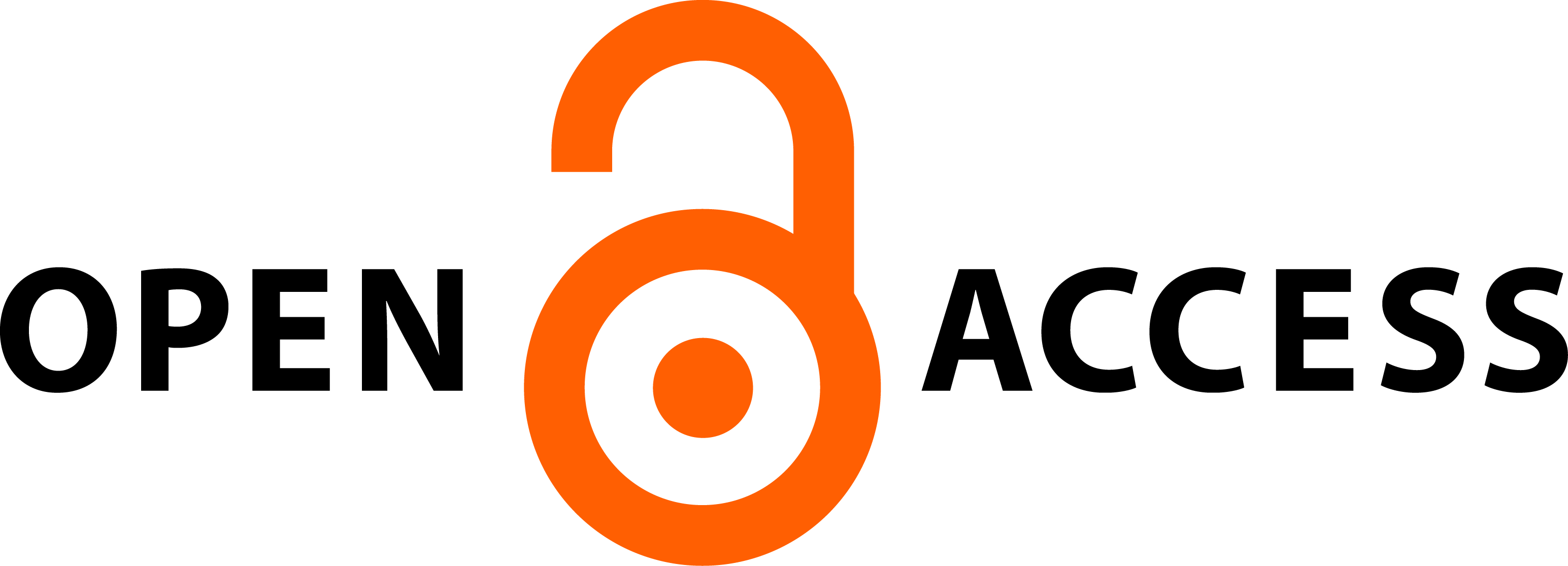„ANGYAL-FECSKELÁNYFIÚK”
ANDROGÜN, HERMAFRODITA ÉS QUEER KARAKTEREK JUHÁSZ FERENC ÉPOSZAIBAN
Absztrakt
Bori Imre nevezetes Juhász Ferenc-tanulmányai már az 1960-as években különös alapossággal térképezték fel a költő világának alapmintázatait. Nem voltak híján a merész, poétikaközpontú megállapításoknak sem: ez az előadás is Bori Imre bátorságából merítve próbálja meg megközelíteni a Juhász-féle epikus nyelv kataklizmadiskurzusának tobzódó, önmaga anyagát minduntalan átszerkesztő, apokaliptikus tragikumát. Elsősorban Juhász úgynevezett époszaira, hömpölygő szövegkonglomerátumaira fókuszálok, s azokra a kérdésekre keresem a választ, hogy miként ölt mitikus, kozmikus és antropomorf formát Juhász szövegeiben a nemiség, az identitás átmenetisége, változó performanciája. Utólagos merészséggel ebbe a diskurzusba kerül bele a queer szemlélet néhány hasznosítható terminusa is (kivált Renate Lorenz ún. freak theoryja nyomán). Juhász szövegeinek nemi ambivalenciája a mitikusság pszichologizáló tendenciáiból eredeztethető, de több annál: az otthonosban rejlő más, a húsban lévő hiány, a köztes lét polgárjoga, a történelemformáló erők szétroncsolt szimbolizmusa, a történelmi és a pszeudomitikus térhasználat hatalmi agressziója tematizálódik benne. De, ami ennél is izgalmasabb, a teremtés szöveggeneráló aktusának önreflexív, költői formája is egyben.
Hivatkozások
Brisson, Luc. 2002. Sexual Ambivalence: Anrogyny and Hermaphroditism in Graeco- Roman Antiquity. Trans. Jannet Loyd. Berkeley–Los Angeles–London: University of California Press.
Csehy Zoltán. 2014. Szodoma és környéke: Homoszocialitás, barátságretorika és queer irányulások a magyar költészetben. Pozsony: Kalligram.
Eliade, Mircea. 1995. vallási hiedelmek és eszmék története II., ford. Saly Noémi, Budapest: Osiris.
Farwell, Marilyn R. 1975. Virginia Woolf and Androgyny. Contemporary Literature (4): 433-451.
Fülöp László. 1976. A halottak királya. In Élő költészet. 328–337. Budapest: Magvető.
Juhász Ferenc. 1971. A halottak királya. Budapest: Szépirodalmi Könyvkiadó.
Juhász Ferenc. 1978. Époszok és versek. Budapest: Szépirodalmi. (Juhász Ferenc művei II.)
Juhász Ferenc. 1985. Halott feketerigó. Budapest: Szépirodalmi Könyvkiadó.
Juhász Ferenc. 1988. Fekete Saskirály. Budapest: Szépirodalmi Könyvkiadó. Koestenbaum, Wayne. 2001. The Queen’s Throat. Boston: Da Capo Press.
Krafft-Ebing, R. 1926. Psychopathia sexualis különös tekintettel a rendellenes nemi érzésre. Ford. Dr. S.[ugár] K. M.[árton]. Budapest: Nova.
Lorenz, Renate. 2012. Queer Art. A Freak Theory. Bielefeld: Transcript verlag.
MacLeod, Catriona. 1998. Embodying Ambiguity: Androgyny and Aesthetics from Winckelmann to Keller. Detroit: Wayne State University Press.
Nanda, Serena. 1993. Hijras as Neither Man Nor Woman. In The Lesbian and Gay Studies Reader, ed. Henry Abelove–Michele Aina Barale–David M. Halperin. 542–552. New York–London: Routledge.
Pomogáts Béla szerk. 2017. In memoriam Juhász Ferenc: Vázlat a mindenségről. Budapest: Nap.
Reed, Christopher. 2011. Art and Homosexuality: A History of Ideas. Oxford: Oxford University Press.
Somlyó György. 2000. Fiú-e vagy lány? Megjegyzések Weöres Sándor „Psyché”-jéhez. In Philoktétésztől Ariónig. Pécs: Jelenkor.
Sontag, Susan. 1966. Notes on Camp. In Against Interpretation and Other Essays. New York: Farrar, Straus and Giroux. Magyarul: Susan, Sontag. 1972. A campről. In: A pusztulás képei. Budapest: Európa. 277–299.








